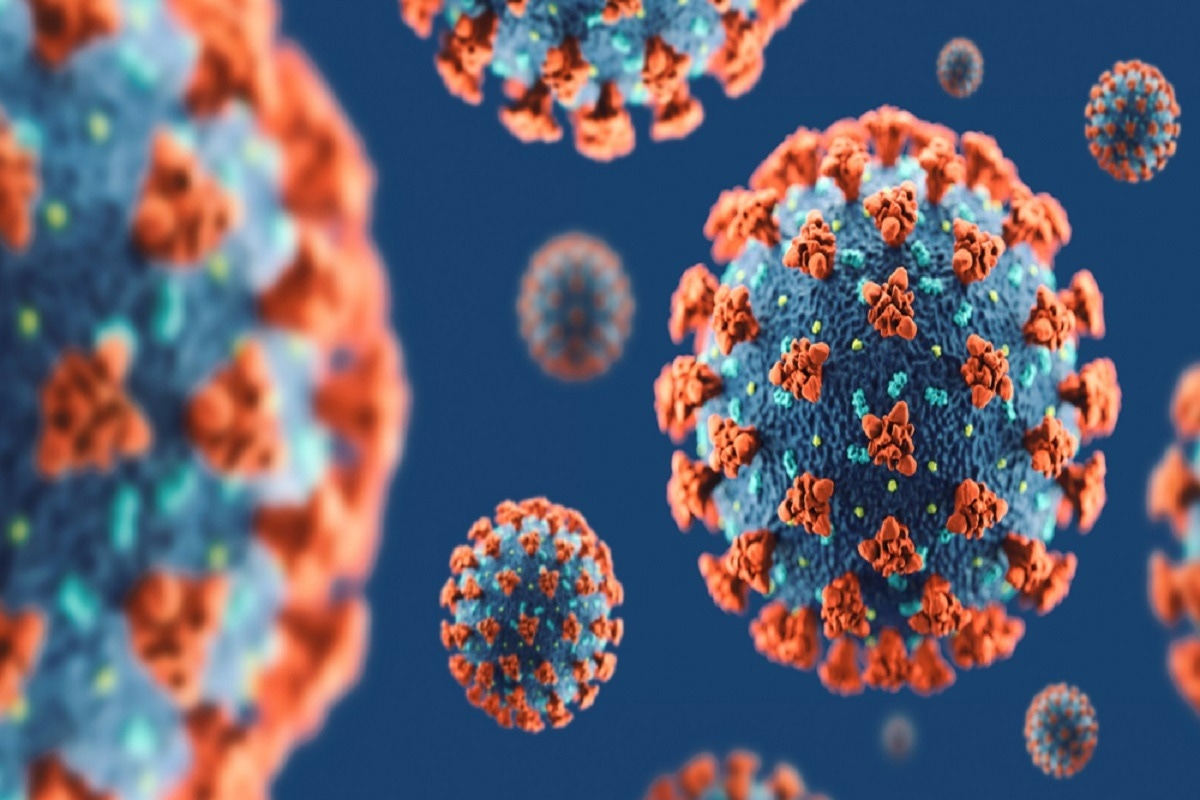In a recent study posted to the bioRxiv* preprint server, researchers assessed the sensitivity of severe acute respiratory syndrome coronavirus 2 (SARS-CoV-2) Omicron BA.2.75 variant to neutralizing antibodies (nAbs).
 Study: Evasion of neutralizing antibodies by Omicron sublineage BA.2.75. Image Credit: neative/Shutterstock
Study: Evasion of neutralizing antibodies by Omicron sublineage BA.2.75. Image Credit: neative/Shutterstock

 This news article was a review of a preliminary scientific report that had not undergone peer-review at the time of publication. Since its initial publication, the scientific report has now been peer reviewed and accepted for publication in a Scientific Journal. Links to the preliminary and peer-reviewed reports are available in the Sources section at the bottom of this article. View Sources
This news article was a review of a preliminary scientific report that had not undergone peer-review at the time of publication. Since its initial publication, the scientific report has now been peer reviewed and accepted for publication in a Scientific Journal. Links to the preliminary and peer-reviewed reports are available in the Sources section at the bottom of this article. View Sources
Background
The emergence of the highly mutant SARS-CoV-2 Omicron variant at the end of 2021 significantly affected the effectiveness of vaccines for coronavirus disease 2019 (COVID-19). Several Omicron sub-lineages, i.e., BA.4, BA.5, and BA.2.12.1, have been driving new waves of infections globally. BA.2.75 is an emerging sub-lineage of the Omicron variant and has been reported in multiple countries.
BA.2.75 harbors nine additional mutations compared to BA.2. One amino acid substitution, G446S, has been implicated as a potential site for escape from vaccine-elicited nAbs and the monoclonal antibody (mAb), bebtelovimab (LY-CoV1404). This is concerning given that bebtelovimab is one of the few first-generation antibodies with cross-neutralizing activity against BA.2 and BA.4/5 variants.
About the study
In the present study, researchers evaluated the sensitivity of the spike protein of SARS-CoV-2 Omicron BA.2.75 to neutralization by serum and clinical and preclinical mAbs. Serum samples were obtained from anonymized donors from week 45 of 2021 and week 15 of 2022, representing pre- and post-Omicron BA.1/2 waves. Twenty samples were randomly selected from each timepoint after screening for detectable neutralizing activity against the B.1 (D614G) variant.
Two mAbs, tixagevimab and cilgavimab, were evaluated as their clinical formulations. Whereas for other mAbs, the antibody sequences were retrieved, generated as gene fragments, expressed, and purified. They performed a pseudovirus neutralization assay. The spike-pseudo-typed lentiviral particles were generated using HEK293T cells. The (nine) mutations of BA.2.75 were introduced into the BA.2 spike protein by multi-site-directed mutagenesis and confirmed by sequencing.
The neutralization assays were performed in HEK293T-ACE2 cells that express human angiotensin-converting enzyme 2 (ACE2). Pseudoviral particles were incubated with three-fold serially diluted serum samples for one hour. Subsequently, HEK293T-ACE2 cells were added to this mix (serum + pseudoviruses) and incubated for two days. They measured luminescence and computed neutralization relative to the mean of eight controls.
Findings
The authors observed a 13-fold lower neutralization potency for cilgavimab against SARS-CoV-2 BA.2.75 relative to B.1, consistent with its reported activity against BA.5. Although weakly neutralizing against BA.2, tixagevimab restored neutralization against BA.2.75, perhaps, due to the reversion to wild-type residue at spike position 493.
Bebtelovimab exhibited potent neutralization against BA.2.75, albeit it had a six-fold lower potency when compared to its activity against B.1. Imdevimab (REGN10987), casivirmab (REGN10933), etesevimab (LY-CoV0616), and bamlanivimab (LY-CoV555) did not neutralize BA.2.75. The researchers observed that neutralization of BA.2.75 by pre-Omicron BA.1/2 wave serum samples occurred with the lowest geometric mean titers (GMTs).
Neutralizing titers to BA.2.75 were eight-fold reduced relative to B.1 and significantly lower than those against BA.2. Post-BA.1/2 wave sera showed improved neutralizing potency against B.1 and enhanced cross-neutralizing activity against Omicron sub-lineages. The GMTs were more than six-fold higher for post-wave serum samples than pre-wave samples, plausibly due to the combined contribution of a booster vaccine dose and BA.1/2 infections.
Conclusions
In summary, the study observed that SARS-CoV-2 Omicron BA.2.75 was less immune-evasive than the currently predominant BA.5 variant in the tested serum samples. The variant was moderately susceptible to cilgavimab and tixagevimab, which constitute the Evusheld cocktail, a widely used mAb cocktail.

 This news article was a review of a preliminary scientific report that had not undergone peer-review at the time of publication. Since its initial publication, the scientific report has now been peer reviewed and accepted for publication in a Scientific Journal. Links to the preliminary and peer-reviewed reports are available in the Sources section at the bottom of this article. View Sources
This news article was a review of a preliminary scientific report that had not undergone peer-review at the time of publication. Since its initial publication, the scientific report has now been peer reviewed and accepted for publication in a Scientific Journal. Links to the preliminary and peer-reviewed reports are available in the Sources section at the bottom of this article. View Sources